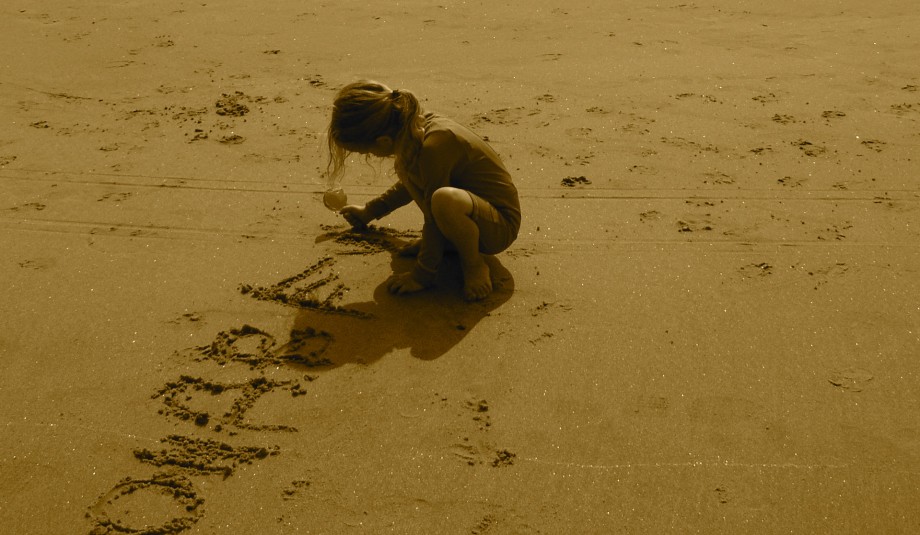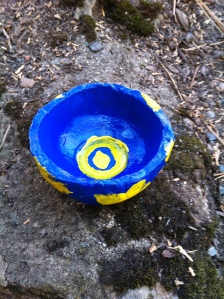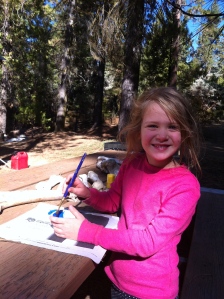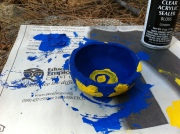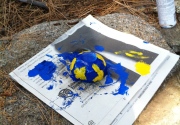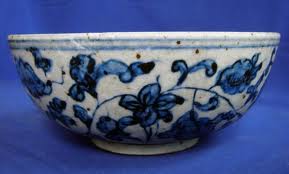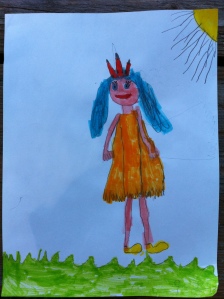View of the Sierras, photograph taken by M, age 7
Grab some sketch pads & pencils, a camera, and the following information about photographer Ansel Adams, find a nice spot in nature, and you have a wonderful art lesson to share with kids!
The beauty of nature has been an inspiration to artists for all of time. I would like to share how I presented the works of Ansel Adams, and also touched briefly on Claude Monet, while taking the kids out to sketch in the mountains. All you need is a place in nature (mountains, parks, fields, and even your own backyard ), sketch pads, pencils, a camera, and some artist information and examples.
Captain’s friends came for a fun visit this week and we went on a hike in Sequoia Forest. I told them a little bit about how artists of many mediums have been inspired by nature, and that today we would be talking about the famous photographer Ansel Adams. We talked about his life and looked at photographs (see information below) and also talked about Claude Monet’s work. They learned the term “impressionism” and its origin. I gave each kid a sketch pad and invited them to find a spot to sit with a nice view to sketch. We talked about perspective, lines and details, and then they went to work. The sketches were amazing! The kids took their sketches home to watercolor, and Captain painted hers right away that evening. I showed them a postcard book of Adam’s lovely winter landscapes and after they “oohed and ahhed” over their favorites, I gave them the opportunity to take 3 photographs each, with my iphone, encouraging them to take their time. They each chose their favorite photo and I promised to print their special photo in black and white and frame them. They were thrilled. *Note: I printed the photos at Costco for 13 cents each, and bought black frames at a dollar store. I can’t wait to give the kids their own photographic works of art this week!
Beautiful Granite, photograph taken by Captain, age 6
Bueller in the Mountains, photograph taken by J, age 5
M with his mountain sketch. He really loved the whole experience of sketching and photographing an amazing view of the Sierras from atop a giant, granite rock face.
Captain’s watercolored sketch of granite and mountains.
Here is some wonderful, easy to understand information about Ansel Adams to share with your kids. I found these facts on a wonderful site called Mr. Nussbaum! Learning + Fun. Click on the link to easily print these biography pages, and also check out some of the cool science and other learning ideas and lessons presented there!
Ansel Adams Biography for Kids

Glacier National Park
Early Life
Ansel Adams was a famous American photographer and environmentalist. He was born near the Golden Gate Bridge in San Francisco, California, on Feb. 20, 1902. When he was four years old, his nose was broken when he was knocked to the ground by an aftershock of the great earthquake. His nose was crooked for the rest of his life. One of his earliest memories was seeing smoke from the great fire that followed the earthquake.
Growing Up
He was an only child who performed poorly at school, so his parents had him tutored at home. Although he was hyperactive and possibly dyslexic, he was thought to possess an eidetic memory, which is a form of photographic memory that includes memories of smells, sounds, and other senses. Ansel enjoyed music and taught himself to play the piano when he was twelve. He also enjoyed nature and loved walking in the sand dunes near his home. His father gave him a telescope, and they shared a great interest in astronomy.
A Photographer is Born in Yosemite National Park
When he was fourteen, Ansel read In the Heart of the Sierras by James Mason Hutchings, and he convinced his parents to take a vacation in Yosemite National Park. His parents gave him a Kodak Brownie camera for the trip, and Ansel’s interest in photography was born as he tramped through the park’s mountains. When he talked about the trip, Ansel said, “the splendor of Yosemite burst upon us and it was glorious… One wonder after another descended upon us… There was light everywhere… A new era began for me.” Some of his most famous photographs were of Yosemite. His work helped raise awareness of and interest in America’s national parks. In 1927, Ansel took one of his best known photos, “Monolith, the Face of Half Dome” at Yosemite.

Grand Teton Mountains and Snake River
The Sierra Club
When he was seventeen, Ansel joined the Sierra Club. The club works to preserve the earth’s natural wonders and resources. He spent four summers as the caretaker of the Sierra Club visitor center in Yosemite Valley, and was an active member of the club for the rest of his life. Ansel was interested in environmental issues related to national parks, especially Yosemite, and the preservation of wilderness.
Photography as an Art
Ansel learned basic darkroom technique working part-time for a photo finisher in San Francisco. In 1927, Albert Bender, a businessman and patron of the arts, helped publish Ansel’s first portfolio, Parmelian Prints of the High Sierras. Ansel soon got paid for photos, and he began to think about a career as a photographer instead of a pianist. In 1933 he opened his own art and photography gallery in San Francisco. He often worked for eighteen or more hours a day, for days and weeks on end. He learned from and exhibited with other famous photographers of the time including Alfred Stieglitz, Imogen Cunningham, Paul Strand, and Edward Weston. They developed photography as a form of art. Ansel helped to establish the first department of photography at a museum at the Museum of Modern Art in New York.

Sierra Nevada Mountains
Ansel’s Work in Space
Ansel Adams’ photographs recorded what many of the National Parks were like before tourism. His photograph of the Grand Tetons and the Snake River was one of 115 images chosen to grace the Voyager spacecraft in an effort to share information about life on Earth with a possible alien civilization. He died on April 22, 1984 in Monterey, California.
No matter how I photographed these lovely works, I couldn’t help but get glare off the glass. Funny how it made the cloudy, gray sky look blue in M’s photo!
Thank you so much for reading. I wish you a glorious, dramatic, black and white day, filled with color!
Good thoughts, Karen
